Sony FE 50mm F1.2 G Master Review
Dustin Abbott
September 30th, 2021
The Internet is a repository of the world’s information, but it is also a place where a lot of the world’s wrong information rests. In this industry it is pretty common for someone influential to say something untrue and then it get repeated as Gospel truth without anyone really investigating the truth of the original statement. Case in point: “the Sony E mount was developed for APS-C, and it’s smaller diameter makes it impossible to develop innovative, wide aperture full frame lenses for it. You will never see autofocusing F1.2 lenses on Sony FE.” Hmmm, so why am I holding perhaps the best F1.2 50mm lens ever in my hands…and it’s a Sony with an FE mount? First of all, Sigma proved the fallacy of this in 2020 with the amazing Sigma 35mm F1.2 DN lens, which I reviewed here. It is most likely some Canon fanboy who spread this rumor after testing or using the Canon RF 50mm F1.2L (an amazing lens that I reviewed here), as the early perception was that the size of Canon’s new RF mount allowed for a lot of new and unique development that older mounts did not allow for. It turns out, however, that the RF mount’s advantage is more about additional pins for communication as the mount diameter is the exact same as the decades old EF mount (54mm). Sony’s E-mount is smaller (46.1mm), but it turns out that this really isn’t a hindrance to producing amazing wide aperture glass like the Sony FE 50mm F1.2 G Master that I’m testing today. And the 50mm F1.2 G Master is an amazing lens for portrait work and anything else you would capture with a 50mm lens. *The tests and most of the photos that I share as a part of my review cycle of the 50GM (as we’ll call it for brevity) have been done with the new Sony Alpha 1 which will serve as my benchmark camera for the foreseeable future (my review here).
I purchased the large and expensive Sony Zeiss Planar 50mm F1.4 not long after adding the Sony a7RIII for the simple reason that I tested it and found it to be the best autofocusing 50mm lens that I had tested to that point. It has amazing optics. The optics needed little improvement, frankly, but there were a few areas where it lagged behind the more recent G Master lenses. Autofocus was the most obvious, as the Planar lens delivers mostly good autofocus but isn’t as confident or consistent as the new lenses. The Planar also lacks something like the focus hold button, and the weather sealing isn’t at the level of the G Master series. If Sony had just delivered a 50mm F1.4 G Master, I suspect that few Planar owners would feel the need to upgrade, but the added appeal of that F1.2 aperture may do the trick. That extra bit of light gathering and the softer bokeh that comes with it can really set your photos apart.
One thing that Sony has been doing with the recent G Master lenses is unlocking a way to make them both optically excellent but also smaller than competing lenses. The G Master lens packs more features and a wider maximum aperture into a lens that weighs 2g less than the Planar F1.4 lens, is the same length, and is only 3.5mm wider in diameter. It is definitely smaller and lighter than competing modern 50mm F1.2 lenses from Canon and Nikon on mirrorless, as you can see here.
That’s not to say the 50mm F1.2 G Master is small. It’s a fairly large and heavy lens, but you also have to realistically compare such a lens to its true competitors on the market. If your goal is to go very light, there’s always options like the Sony FE 55mm F1.8 Sonnar (my review here) or the Samyang AF 45mm F1.8 (my review here). But the 50GM is going up against the heavyweights, and it is smaller and lighter no only than many of the F1.2 options but also many of the pro-grade F1.4 options as well. I continue to be impressed at how Sony is putting out optically incredible lenses that also manage to be a little lighter and more compact than what competitors are fielding. But at the end of the day, the greatest barrier for most particular buyers will be the extravagant $2000 USD price. It’s of little comfort that the competing lenses are more expensive still. So does the Sony FE 50mm F1.2 G Master justify its lofty price? You can check out my thoughts in the long format definitive or standard video review below…or just keep reading.
Follow Me @ Patreon | My Newsletter | Instagram | Facebook | DA Merchandise | Flickr | 500px
Thank you to Sony USA for getting me a loaner copy of this lens. As always, this is a completely independent review. The opinions here are completely my own.
Sony 50GM Build, Handling, and Features
My first reaction to the size of the 50GM was that it was larger than the Sony/Zeiss Planar 50mm F1.4, but that is only marginally true at best. While it is true that the F1.2 lens is wider in diameter (87 vs 83.5mm), the length of the two lenses is identical, and the 50GM is actually a couple of grams lighter. That’s impressive considering the upgrades to features, autofocus, and the larger maximum aperture. You can see that visually there is little difference in size between the lenses.
Both share a 72mm filter thread, but if you looking to the front elements of both lenses you will find a LOT more glass in the GM lens.
That’s the headline feature here, and, as we’ll see, it does make a real world difference. In shooting my chart tests, for example, I got a 1/250th second shutter speed with the Planar (F1.4) and a 1/400th second shutter speed with the 50GM (F1.2). That’s 2/3rds of a stop difference, which could make a real difference in certain situations. More on that in the image quality section.
Sony lists the Planar lens as being weather sealed, but they are also a little coy about the amount of seals and their location. I was unable to locate a diagram. Sony is more forthcoming with the new GM lens, however, and the diagram shows ten seal points by my count throughout the lens along with a fluorine coating on the front element. I suspect the weather sealing on the GM lens is a little more robust. I took it out in a fairly heavy rainstorm for a hike (the rain didn’t let up for days), and I had zero problems with water intrusion.
While I love the toughness and functionality of GM lenses, I don’t find them aesthetically top notch. They are feature rich lenses (which is great), but the Sony design language tends to result in lenses that look functional but a bit busy. I would argue that the Planar is actually the more attractive of the two lenses with its discrete Zeiss branding, metal focus ring, and sleeker finish.
But the upside is that the GM lenses are always very feature rich. That starts with the aperture, where you have multiple options for controlling aperture. You can change it from within the camera, manually change it via one third stop detents, or have a declicked aperture by selecting the switch on the right side of the barrel. I did find the detents on the 50GM a little on the firm side; other GM lenses have had a better feel to the aperture ring, I think.
The lens also sports a focus hold button in two different positions (for easy access in both vertical and horizontal shooting modes) along with an AF/MF switch.
The manual focus ring is about three centimeters in diameter, has a ribbed, rubberized texture, and moves smoothly. The damping is a little on the light side, however, and so the focus action isn’t as excellent as I’ve seen in some lenses. The focus ring is nicely linear, however, which makes for highly repeatable results.
The 50GM has a mild advantage over most competing lenses in that it can focus down a little closer and has a higher magnification. It can focus down as closely as 40cm (15.7″), which allows a slightly better than average 0.17x magnification (the average is 0.15x). The Canon RF 50mm F1.2L is the class leader among these lenses, though, sporting a 0.19x magnification figure. Here’s what MFD looks like for the 50GM:
Wide open MFD performance is excellent, with high contrast, good texture rendering, and a flat plane of focus. The GM lens was superior to the Planar when placed side by side in both level of magnification and close up performance. Control of chromatic aberrations up close is excellent, too, allowing the textures of water droplets on fallen leaves to have that kind of crispness and detail I typically associate with macro lenses:
This opens up some additional creative options for what you can do with the lens, and using wide aperture lenses at closer distances is one of my favorite types of photography because of the dramatic results.
The 50GM sports a high aperture blade count of 11, which is useful in maintaining a circular shape as the aperture is stopped down. You can see that the aperture is fairly circular even here at about F8 or so:
We can see from this series (F1.2, F2, and F2.8) that even at F2.8 the aperture is basically perfectly circular, and while there is some very mild geometric deformation at F1.2 (lemon shape), the the F2 example shows a perfect circular shape even at the edges of the frame.
This attention to detail helps photographers have options in more situations. I’ve seen some 50mm lenses whose bokeh turned pretty ugly if you had things like Christmas lights in the frame, but that is far from being the case here.
In short, the 50GM basically ticks all the boxes. It is smaller and lighter than competing F1.2 options (the Sigma 35mm F1.2 is 24mm longer and weighs over 300g more!), has a wide variety of features, and is functionally pretty much perfect other than lacking a bit of feel during manual focus. It looks great mounted on the camera, has quality weather sealing, and functionally works very well. There are smaller, lighter options with smaller apertures and cheaper price points, but Sony has done what it needed to with the FE 50mm F1.2 G Master, namely make it the clear professional choice in a class of its own.
Sony 50mm F1.2 GM Autofocus and Video Performance
Sony has developed a winning autofocus formula in recent GM lenses by utilizing XD (Extreme Dynamic) Linear Motors. They evaluate the amount of torque needed to drive the focusing element(s) and then multiply the number of linear motors needed for fast, quiet focus. In this case, the necessary number was four XD motors like the 135mm F1.8 GM due to having such large and heavy optical elements. Sony nailed the formula here, though as autofocus is fast, utterly quiet, and very accurate. Things are definitely quieter and smoother here than on, say, the Canon RF 50mm F1.2L. It wasn’t unusual in times past for lenses with heavier elements like this to have slower and noisier autofocus due to the reality of moving such heavy glass, but that’s no longer the case here.
The quad XD motors do the trick here, too, as I had no problem pinpointing narrow depth of field subjects and getting consistently well focused results.
I had excellent focused results during my portrait session (these were lit with a single off-camera Godox V860III that I was testing at the same time). Here’s a look at how well focused this F1.2 result was:
I was also able to get well focused results when shooting through layers of leaves and branches, where Eye Detect provided proper focus even at F1.2:
In one setting I used a very strong backlighting as a hair rim light and then pumped up the fill flash from the front to light my model, but even with the “sun in its eyes” I got very crisply focused results in this full length F1.2 shot:
Lenses like the 50GM makes shooting portraits a breeze. Compose how you want and let Eye AF take care of the focusing. Gone are the “focus and recompose days” or the times when I was concerned with wide aperture lenses about using outer AF points that were less sensitive and produced inconsistent results. A modern Sony body (like my Alpha 1) and the 50GM can make pretty much anyone seem like a pro in terms of focus results.
Craig and I used the 50GM for a number of video episodes and other cinematic shots while testing the new Moza Slypod Pro, and found that autofocus was completely reliable, with consistently excellent tracking of the eyes during the episodes. I noticed a little pulsing when we got too close to the subject and pushed the limits of the minimum focus distance, but that’s understandable. It is worth noting that we switched the Planar on to do video shots of the GM, and you could tell that focus was a little less reliable for video work. I did my typical test where I moved towards, then away from the camera at various speeds, and also got excellent tracking results there. Focus proved nice and sticky, but I also noted that the focus transitions were nice and smooth, which could prove important to getting footage that isn’t distracting to the viewer. Craig enjoyed using the 50GM above all for stunning footage and shallow depth of field, though it’s a little front heavy on the smaller a6400 and a6600 bodies he was primarily using.
My standard focus pull test proved to be smooth and accurate, with no focus sounds picked up by the onboard microphones. All good! The only negative for video shooters is the 50GM is guilty of some focus breathing; objects will change in size depending on how much they are in or out of focus.
One final advantage of a wide aperture lens like this is the low light performance. I shot this portrait of Loki in a mostly dark room. Even at F1.2 I was shooting at ISO 1600, but you can see that focus was consistently nailed and the resulting image is excellent.
The autofocus performance is excellent, period, but really excellent when you remember you are shooting with an F1.2 lens.
Sony 50GM Optical Performance
Sony has employed a relatively complex optical performance here with 14 elements in 10 groups. There are three extreme aspherical elements, the first of which is pretty massive. The end result of all of this is excellent sharpness and contrast even at F1.2 – good enough to shoot credible landscape images:
Here is that same scene at F5.6, and, other than depth of field, there really isn’t much difference.
Pretty awesome!
I noted in my intro that the Planar lens was at the time of my review (about 3-4 years ago) probably the best autofocusing 50mm lens that I had ever used. I felt like the Canon RF 50mm F1.2L was a little better, but in several metrics I feel like the 50GM is the best yet. Interestingly, however, Sony’s own MTF charts show the Planar to be very mildly sharper at certain points in the frame (you have to take the green lines on the Planar chart [#2] to have an apples to apples comparison to the GM chart).
That really wasn’t what I found in the real world, however. Essentially the GM lens was as sharp or sharper at F1.2 than the Planar was at F2, with a few other advantages as well.
First of all, let’s a take a look at the vignette and distortion.
What we find is a mild amount of pincushion distortion which required a -5 to correct manually. This distortion wasn’t 100% linear, as I see a slightly inconsistent result in my manual correction. The profile correction for JPEGs or Video in camera, and the standard profile for correction for RAW images in Adobe (my primary editing software) took care of that distortion perfectly, however, so not really a big deal. It’s worth noting that pincushion distortion is preferable to barrel distortion in a portrait lens because it is slimming, so in some cases you might be better off not correcting the distortion.
Longitudinal chromatic aberrations (LoCA) are fairly well controlled, though I saw a little bit of fringing in this demanding image:
Definitely less than what I saw on the Canon RF lens, however, and in most real world situations the LoCA was perfectly controlled, like here:
Even worst case scenarios at F1.2 were mild enough as to be unnoticeable save at high magnification levels, so nothing to be concerned about.
LaCA (Lateral CA) was extremely well controlled, with no evidence of fringing along the edges on either side of black and white transitions.
The well controlled aberrations point to very strong contrast even at wide apertures, and that was certainly the case. Here’s a look at my test chart shot with the 50MP Sony Alpha 1.
And here are the crops from the center, mid-frame, and corner at F1.2:
You can see excellent resolution and contrast that is very consistent across the frame.
If I compare the GM at F1.2 to the Planar at F1.4, I find them to be close, but with a little more detail showing for the GM lens in the center of the frame:
The same holds true for the mid-frame, where I see a little more contrast and a bit nicer detail:
The corner favors the GM just a bit more, as the contrast and acuity on the fine details is just a little stronger.
Don’t get me wrong; both of these lenses are extremely sharp. The 50GM just manages to do it while allowing a little more light in at the same time.
But it’s not just sharpness. I did a series of portrait comparisons using identical setup (model, pose, lighting), and I could definitely see a difference. I called in my wife (not a photographer), and asked her to look at the comparisons and blindly choose her favorite. She chose the GM every time. Here’s why:
This is a 100% crop from one of the comparison images. Here are some of my observations:
- The tonality on the skin is more consistent with the GM. There is smooth gradations.
- There is more contrast pop in the hair and the eyes with the GM, which seem to sparkle a little more.
- The bokeh in the background is softer with the GM. There are less defined edges and the bokeh is creamier.
Not shown in this crop but also observed was that I got a little more consistent metering in TTL when using the GM vs the Planar. I also felt like colors were slightly richer.
When I stopped both lenses down to F2 I felt the advantages remained, though there were more muted. The contrast gap closed, but I did continue to favor the softer bokeh from the GM.
If we take a look at a landscape image at 100%, we’ll find that in the area of focus the GM is as sharp at F1.2 as it is at F5.6; there’s just a lot more in focus when stopped down to F5.6:
That’s not to say that there are no gains by stepping the lens down. You can see that detail and (particularly) contrast improves when stopping down to F2 (right side):
You’ll see a bit more at F2.8, though I saw little further gains after that. By F2.8 you have reached truly excellent levels all across the frame.
I’ll also note that despite having high sharpness, skin tones were rendered nicely and without any of the waxy, overdone look sometimes found on images from lens with high sharpness. This image has received no touch up at all:
Minimum aperture here is F16, and on a higher resolution camera like mine, diffraction is softening the image enough to where it isn’t as sharp at F16 as it is at F1.2. A lower resolution sensor like Sony’s 24MP options will probably see less softening at the smallest aperture, and I don’t think there’s as much loss of contrast and resolution at F16 as I see with some lenses.
Where Sony has really excelled here is by designing a lens that can deliver both high levels of sharpness and contrast on the subject while also delivering very soft, pleasing bokeh. I think this image is a great case in point:
My experience is that few lenses manage to do both these things, and that makes the 50GM a rare and special one. Look at how shallow the depth of field is here in this close-up of my Sony 135mm F1.8 GM:
Now there is a LOT of glass! But I also just love how sharp the shallow plane of focus is while the out of focus area is so nicely creamy.
I saw many reasons to be happy about the bokeh rendering from the lens. Here’s a few of them:
Sony has some of the best coatings in the business right now, and I’ve found a lot of their recent lenses to be class leaders in flare resistance. Many large aperture lenses have a serious issue with bright sun or other lights in the frame, but as we’ve already seen somewhat with the strongly backlit portraits, the 50GM is much better than average. It showed a high degree of resistance to either ghosting or veiling, even when I panned the camera across the sun. In this series of images (both at F1.2 and F11) the sun is actually very intense and directional, but there’s no evidence of flare artifacts.
This is one of those rare lenses that is pretty much good at everything.
A good 50mm lens is many a portrait and wedding photographer’s greatest friend. The Sony FE 50mm F1.2 GM is sure to become the favorite lens in the kit for many such a photographer. The image quality is exceptionally good from the lens. Do yourself a favor and check out more images by visiting the image gallery here.
Conclusion
I was initially somewhat nonplussed by the early GM lenses. They were good, certainly, but not necessarily exceptionally so. But the more recent 14mm F1.8, 24mm F1.4, 35mm F1.4, and 135mm F1.8 are genuinely special lenses that are each among the very best lenses of their kind. The Sony FE 50mm F1.2 G Master joins this group of exceptional lenses, though with the additional glamour of an F1.2 lens. It’s another very, very special lens that really delivers incredible results.
The 50GM has that magical blending of sharpness and softness that few but the best lenses achieve. It delivers a richer, more nuanced optical performance than most of the competitors I’ve tested, and I’ve tested dozens of 50mm lenses. Sony has unlocked something special here.
The 50GM isn’t as compact as the 14mm, 24mm, or 35mm GM lenses, but, as we’ve seen, they’ve at least managed to keep the size and weight from growing. This is the definitely the top choice if you are a Sony shooter and money is no object. But that leads us to the final question: should you consider upgrading if you (like me) own the also-excellent Sony Zeiss Planar 50mm F1.4? It seems like Sony will continue to sell the Planar, and, unlike the 35mm F1.4 Distagon, they may not have to reduce the price to do so. The GM lens comes to market with an MSRP about $500 higher ($1999 vs $1498 USD), which seems like a reasonable gap already. I do think the GM lens is the better lens, with a few more features, a wider maximum aperture, better autofocus, and slightly better image quality. But in the key area (like image quality) the difference is probably only going to be observable to pixel peepers. I’m not quite sure what I’ll do personally, as I love the GM, but I’m also not overly dissatisfied with the Planar. By the time I sell my copy of the Planar secondhand and purchase the GM, it would probably cost me more like $750-800. I’m sorry to take the weak road in terms of recommendation, but I do think it really comes down to a personal choice. If you are happy with the Planar, then just enjoy it. If you’ve seen something in this review that highlights an irritation you have with the Planar, then perhaps the GM is your answer. Either way, once again we are very spoiled for choice on the Sony platform. Sony has really hit their stride as a lensmaker, and the FE 50mm F1.2 G Master is a prime example of why.
Pros:
- Slightly smaller and lighter than competitors
- High grade of build
- Quality weather sealing
- Good features and general handling
- Fast, quiet, and accurate autofocus
- Excellent wide open sharpness across the frame
- Beautifully soft bokeh
- Aperture retains a circular shape better than most
- Low chromatic aberrations
- Good flare resistance
- Better than average magnification and excellent up close performance
Cons:
- Manual focus ring could use a little more feeling and weight
- More expensive than other 50mm options on Sony
- Some pronounced focus breathing
Gear Used:
Purchase the Sony 50mm F1.2 GM @ B&H Photo | Amazon | Camera Canada | Amazon Canada | Amazon UK | Amazon Germany | Ebay
Purchase the Sony FE 50mm f/1.4 Planar T*: B&H Photo | Amazon | Camera Canada | Amazon.ca | Amazon UK | Ebay
Purchase the Sony 14mm F1.8 GM @ B&H Photo | Amazon | Camera Canada | Amazon Canada | Amazon UK | Amazon Germany | Ebay
Purchase the Sony 35mm F1.4 GM @ B&H Photo | Amazon | Camera Canada | Amazon Canada | Amazon UK | Amazon Germany | Ebay
Purchase the Sony Alpha 1 @ Camera Canada | B&H Photo | Amazon | Amazon Canada | Amazon UK | Amazon Germany | Ebay
Purchase a Sony a9M2 @ B&H Photo | Amazon | Camera Canada | Amazon Canada | Amazon UK | Amazon Germany | Ebay
Sony a9 Camera: B&H Photo | Amazon | Camera Canada | Amazon Canada | Amazon UK | Amazon Germany | Ebay
Sony a7RIV Camera: B&H Photo | Amazon | Camera Canada | Amazon Canada | Amazon UK | Amazon Germany | Ebay
Buy DA Merchandise https://bit.ly/TWIMerch
Purchase a Sony a7C @ B&H Photo | Amazon | Camera Canada | Amazon Canada | Amazon UK | Amazon Germany | Ebay
Peak Design Leash Strap: Peak Design Store | B&H Photo | Amazon | Amazon Canada | Amazon UK
Adobe Photoshop Creative Cloud 1-Year Subscription
Exposure Software X6 (Use Code “dustinabbott” to get 10% anything and everything)
Visit Dustin’s Amazon Storefront and see his favorite gear

Purchasing your gear through B&H and these links helps fund this website and keeps the articles coming. You can also make a donation here if you would like. Visit my Amazon page for some of my gear of choice! Thank you for your support.
Great News! I can now offer a 5% discount on all purchases at Amplis Foto, Canada’s Leading Photographic Supplier. Please enter discount code: AMPLIS52018DA in your cart. It is good for everything in your cart, and is stackable with other coupons, too! It will take 5% off your entire order! Proceeds go towards keeping this site going and providing you with new reviews!
Check me out on: My Patreon | Sign Up for My Newsletter | Instagram | Facebook | Twitter | Flickr | 500px | Google+ |
Keywords: Sony 50mm F1.2, Sony 50 F1.2 GM, 50mm 1.2 GM, 1.2, f/1.2, F1.2, Sony 50mm F1.2 G Master, Sony 50mm F1.4 Plana, 50mm, Review, Sony 50mm F1.2 Review, G Master, GM, Review, Sony, Review, Hands On, Dustin Abbott, Real World, Comparison, Sharpness, Bokeh, Flare Resistance, Autofocus, Image Quality, Sample Images, Video, Photography, Sony a9, sony a7III, sony a7RIV, a7R3, Sony Alpha 1, Sony A1
DISCLAIMER: This article and description contains affiliate links, which means that if you click on one of the product links, I’ll receive a small commission. As an Amazon Associate I earn from qualifying purchases.










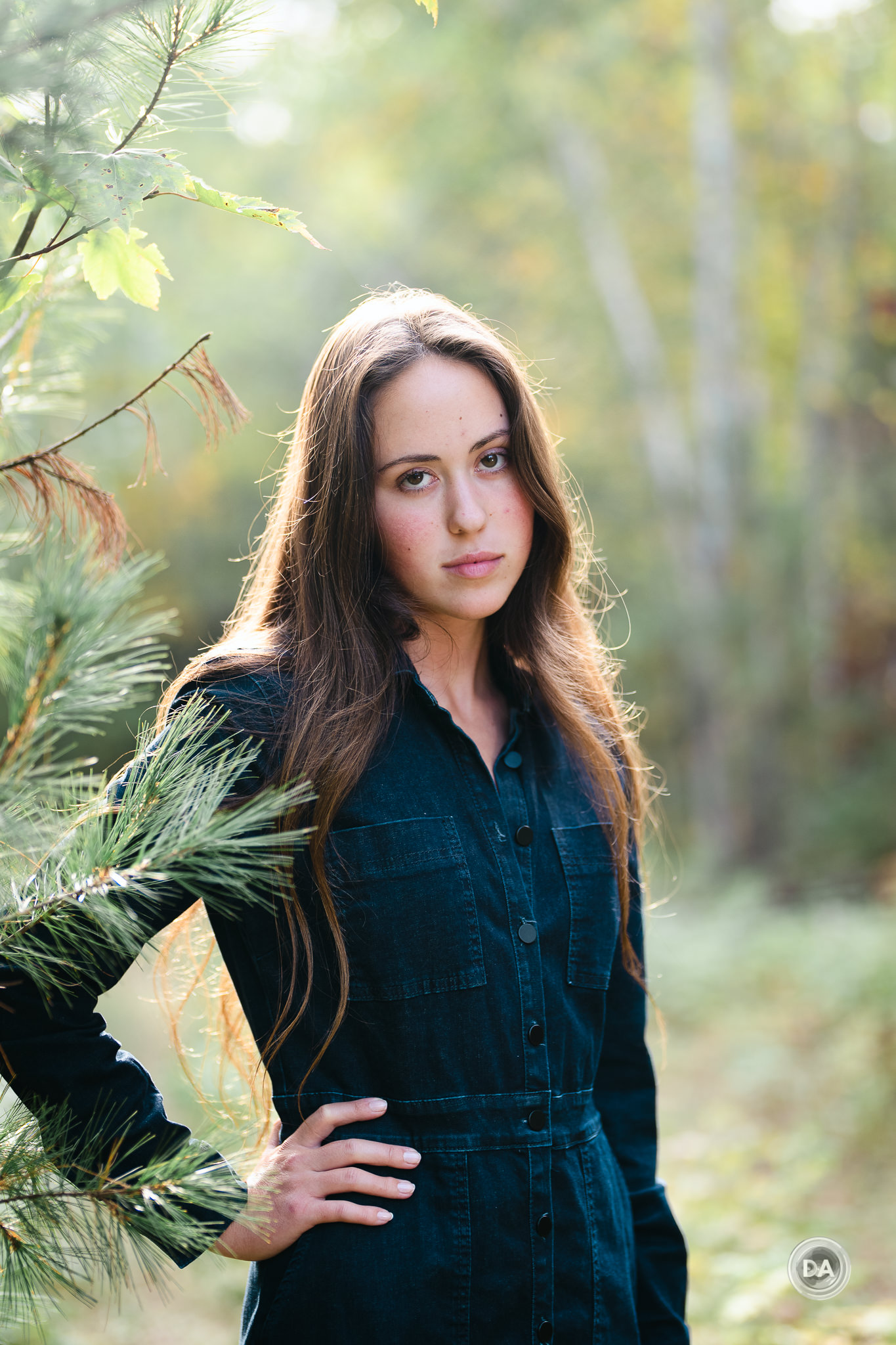

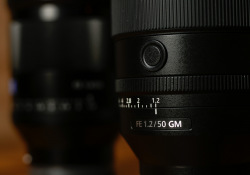
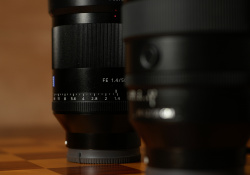
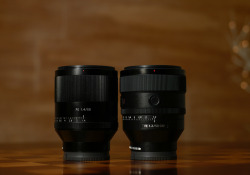

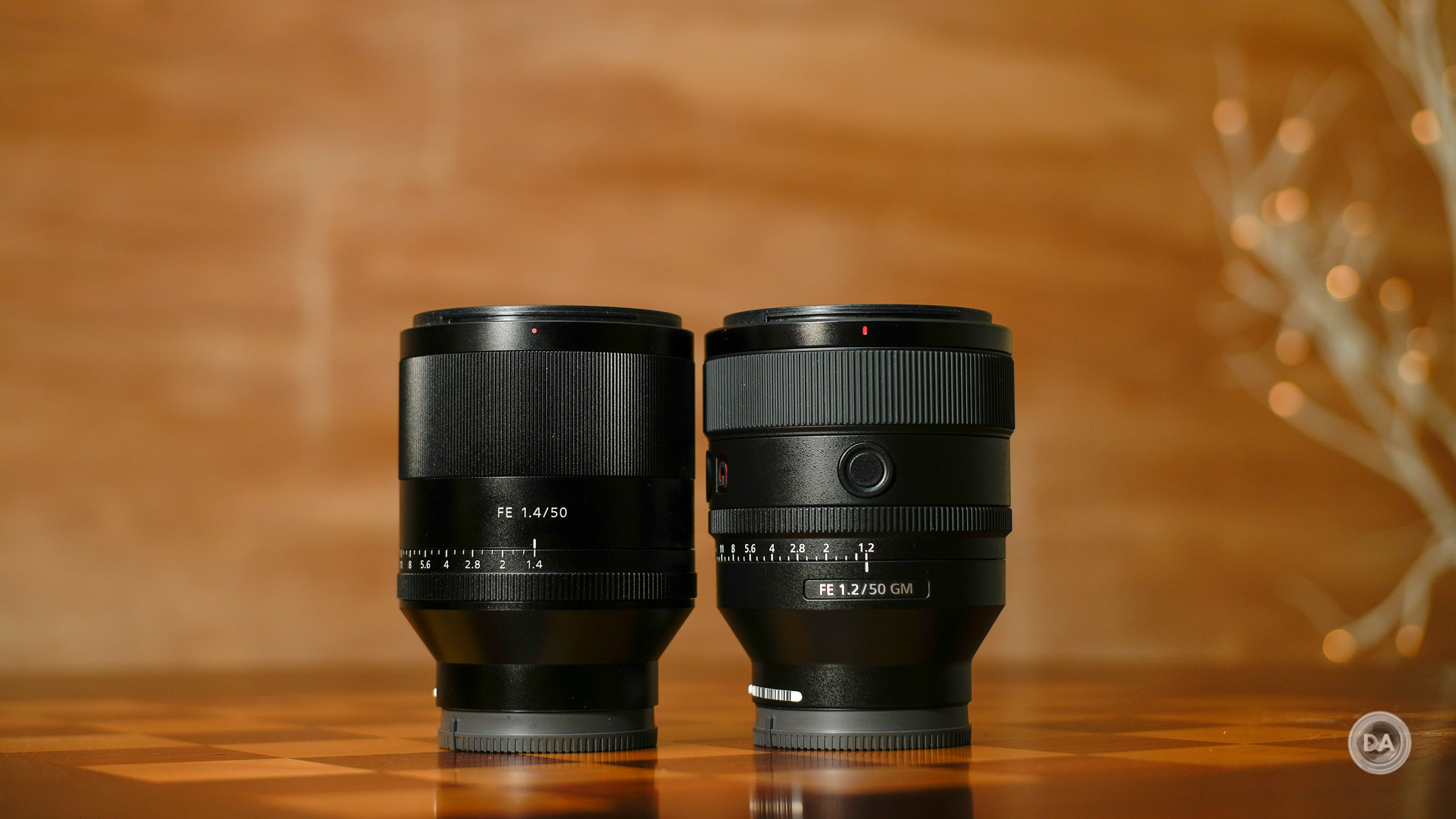
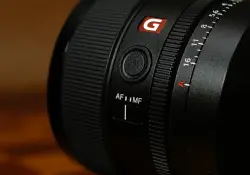
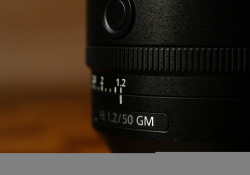
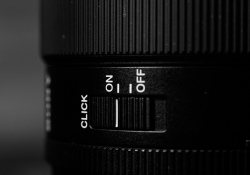

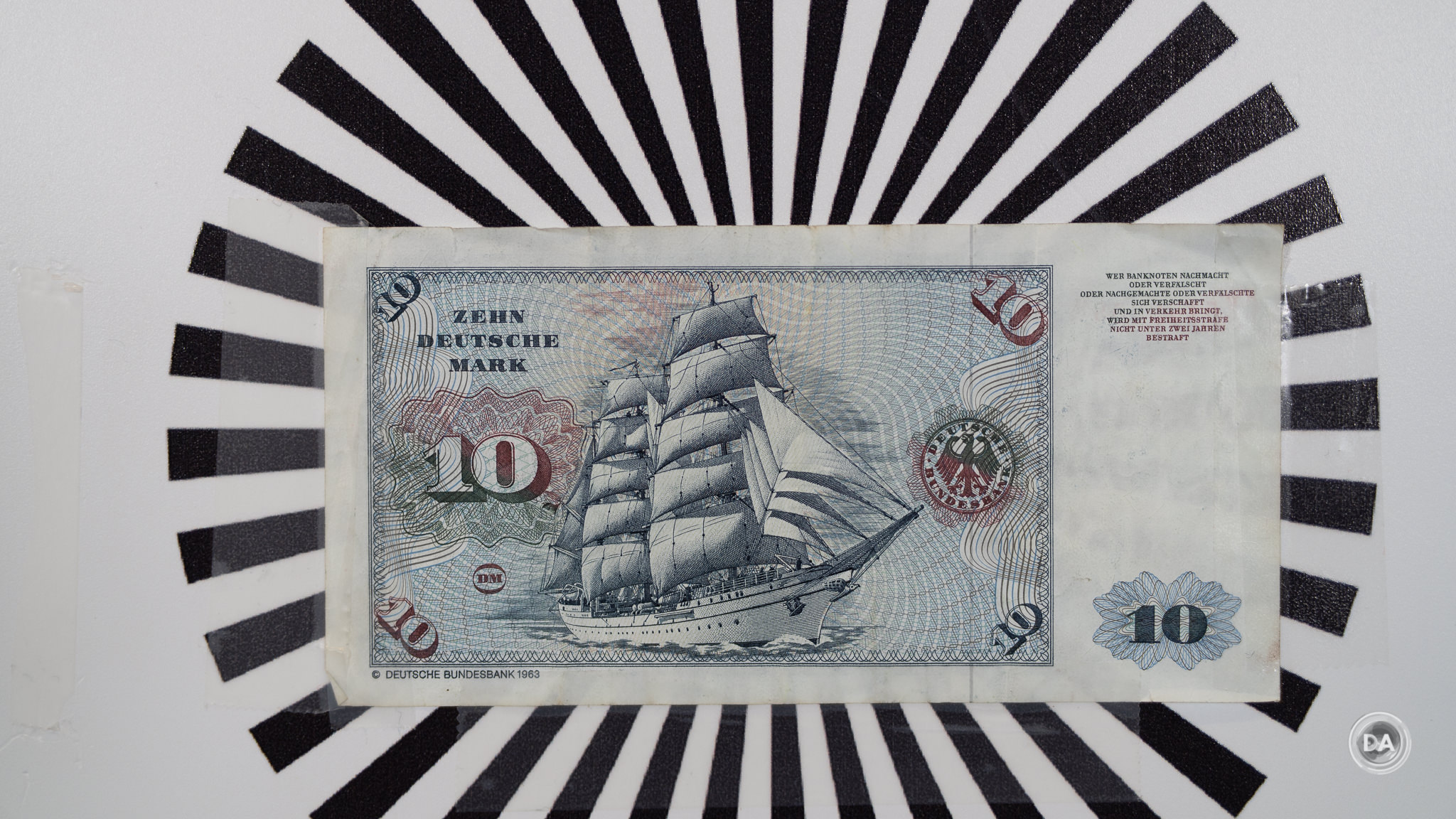


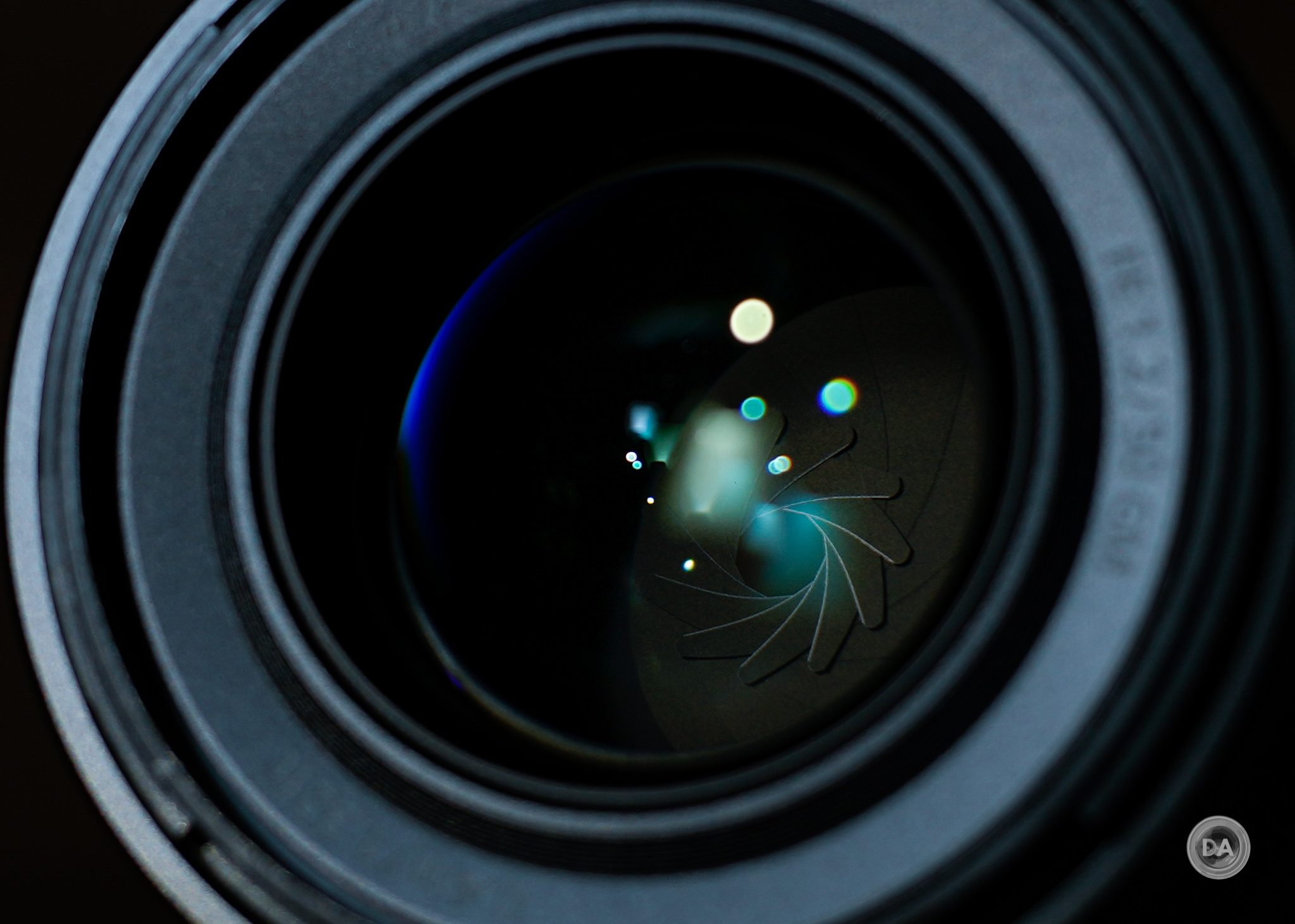



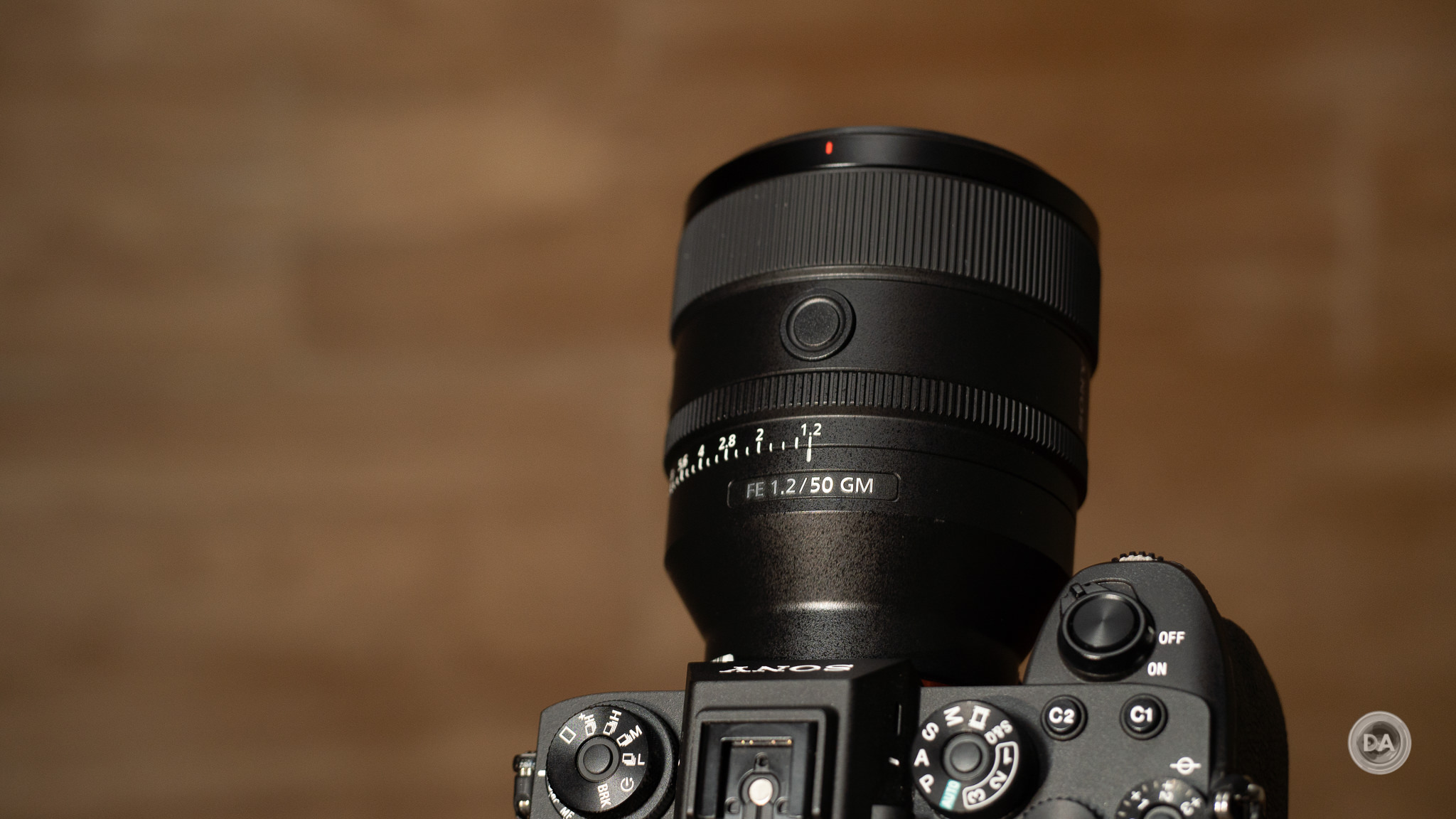



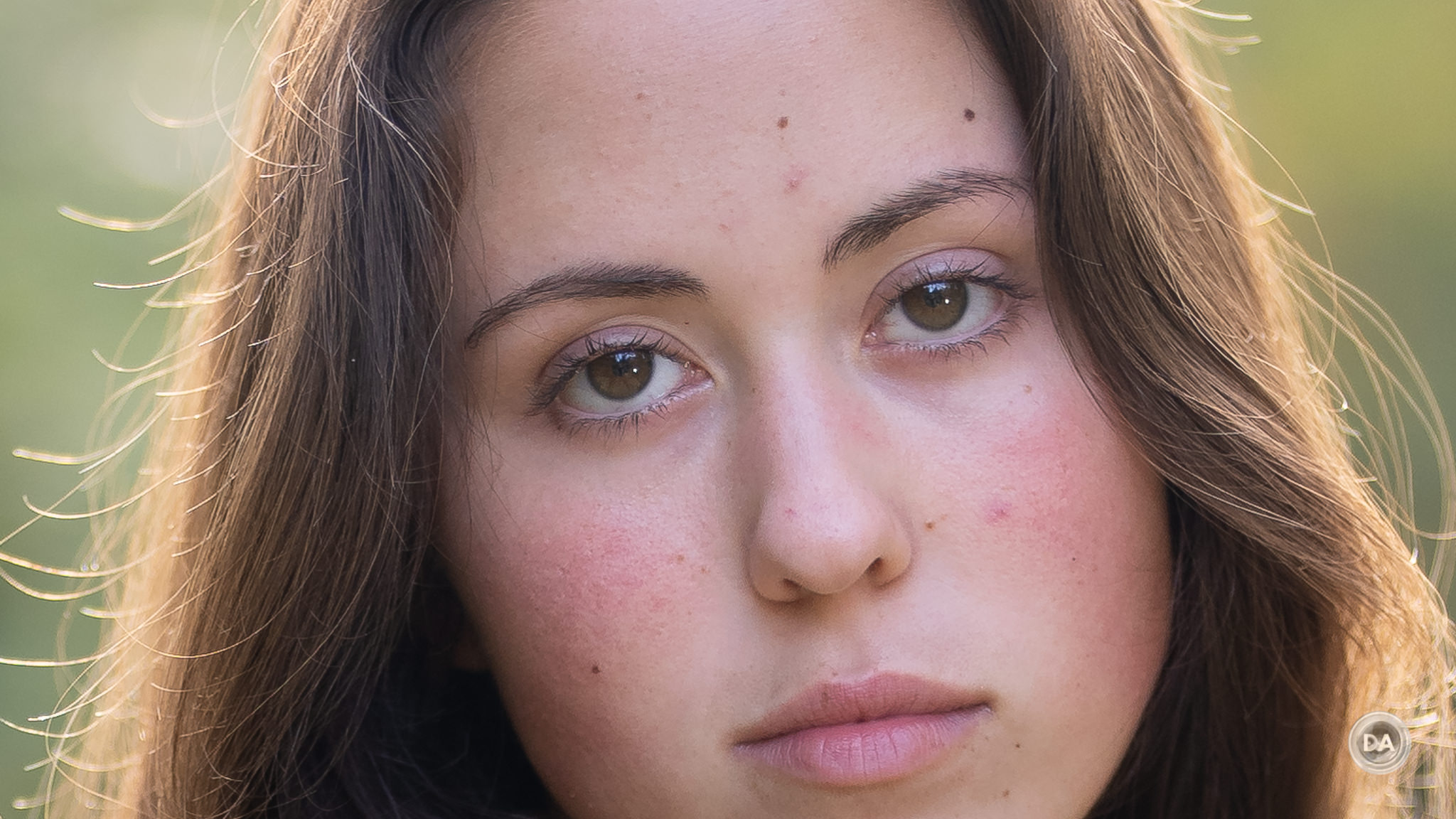




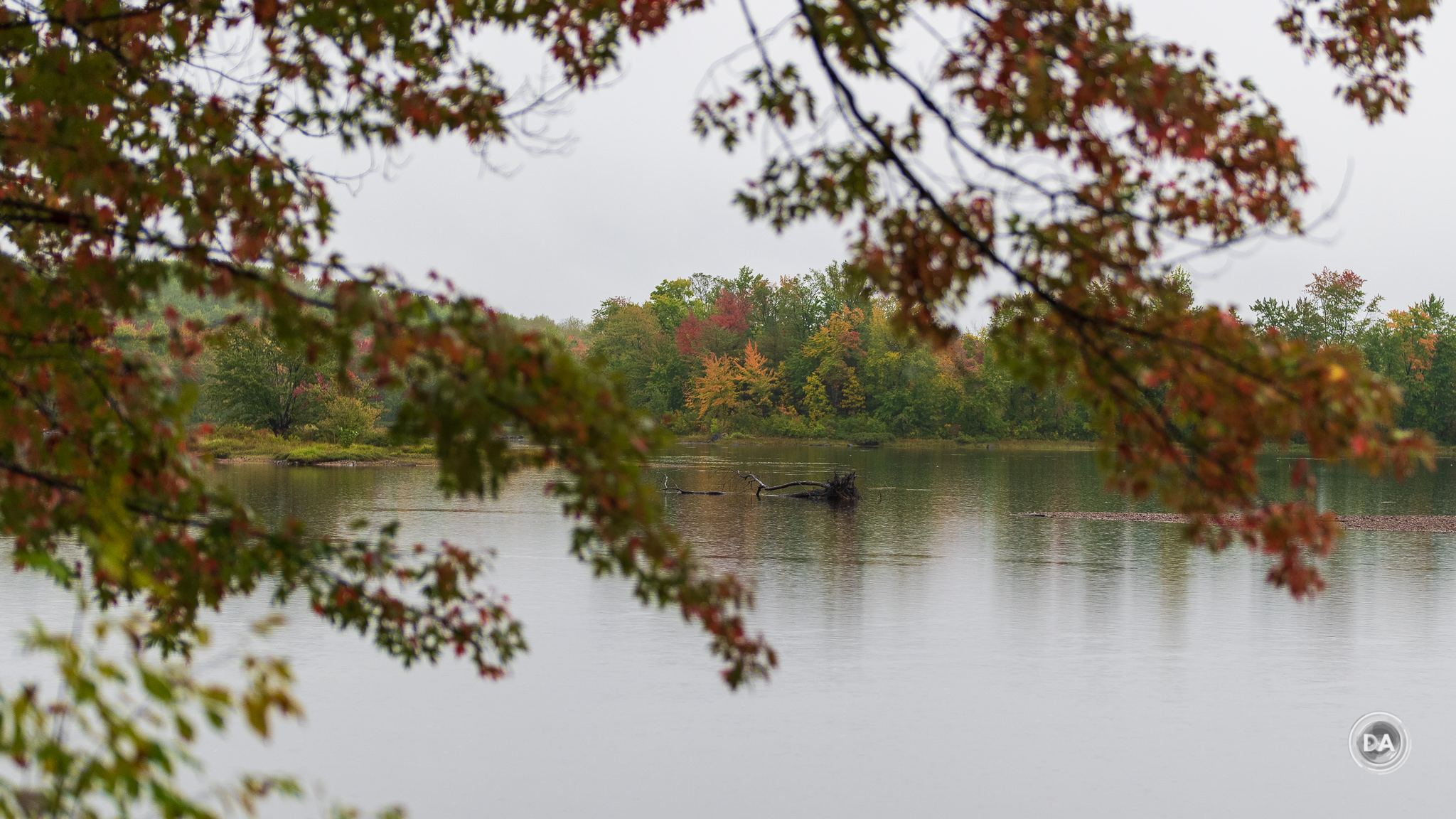
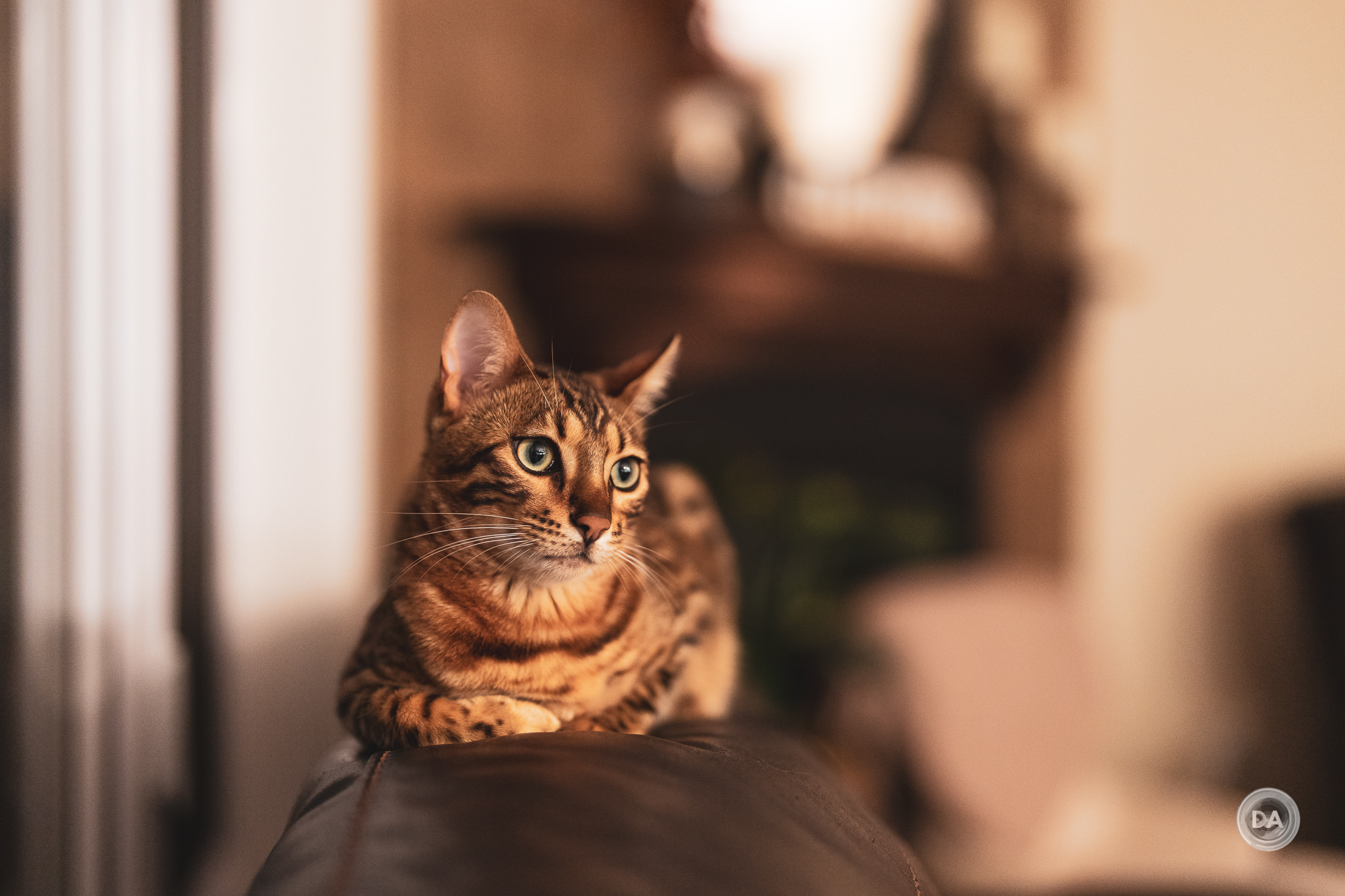




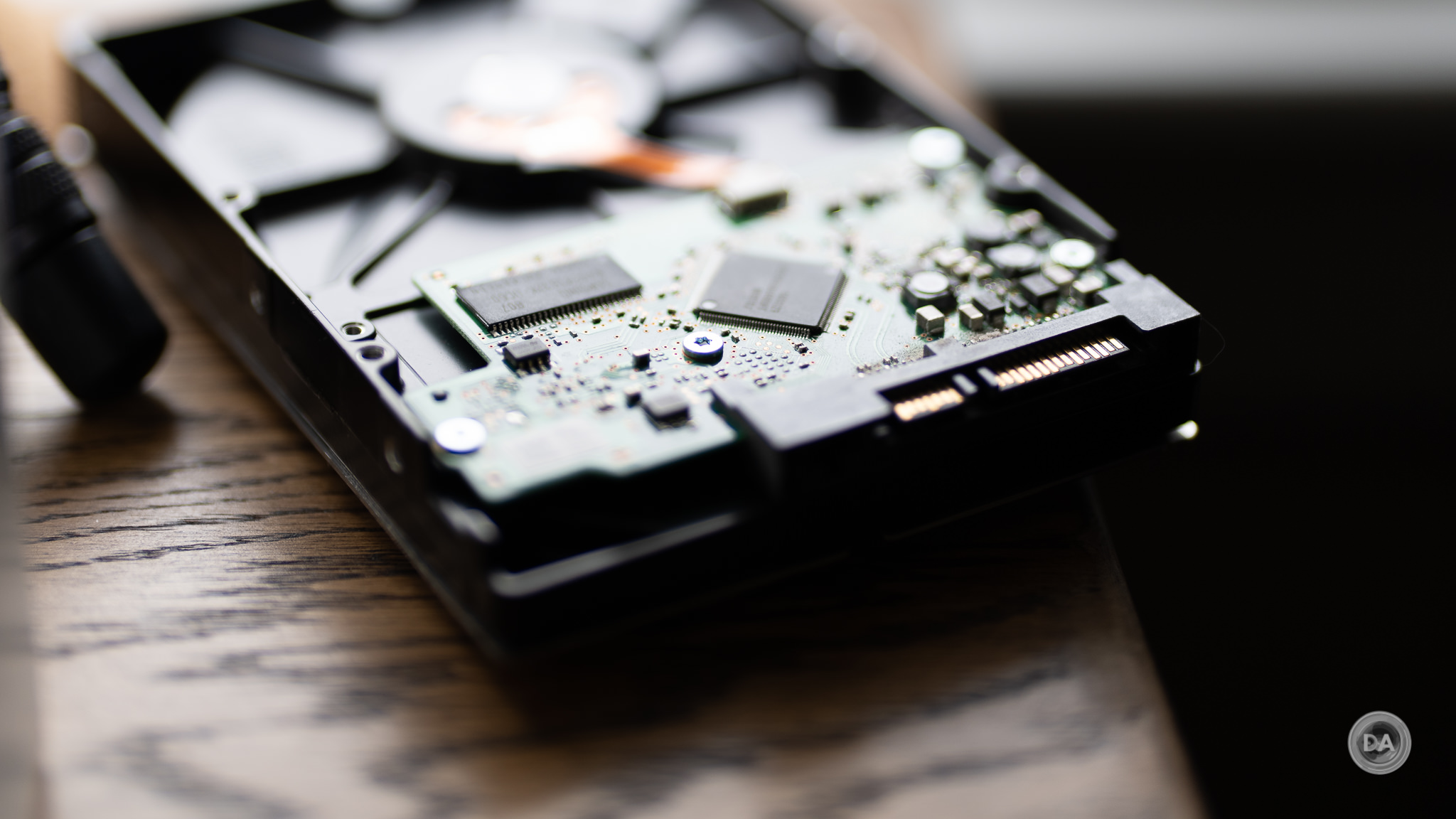







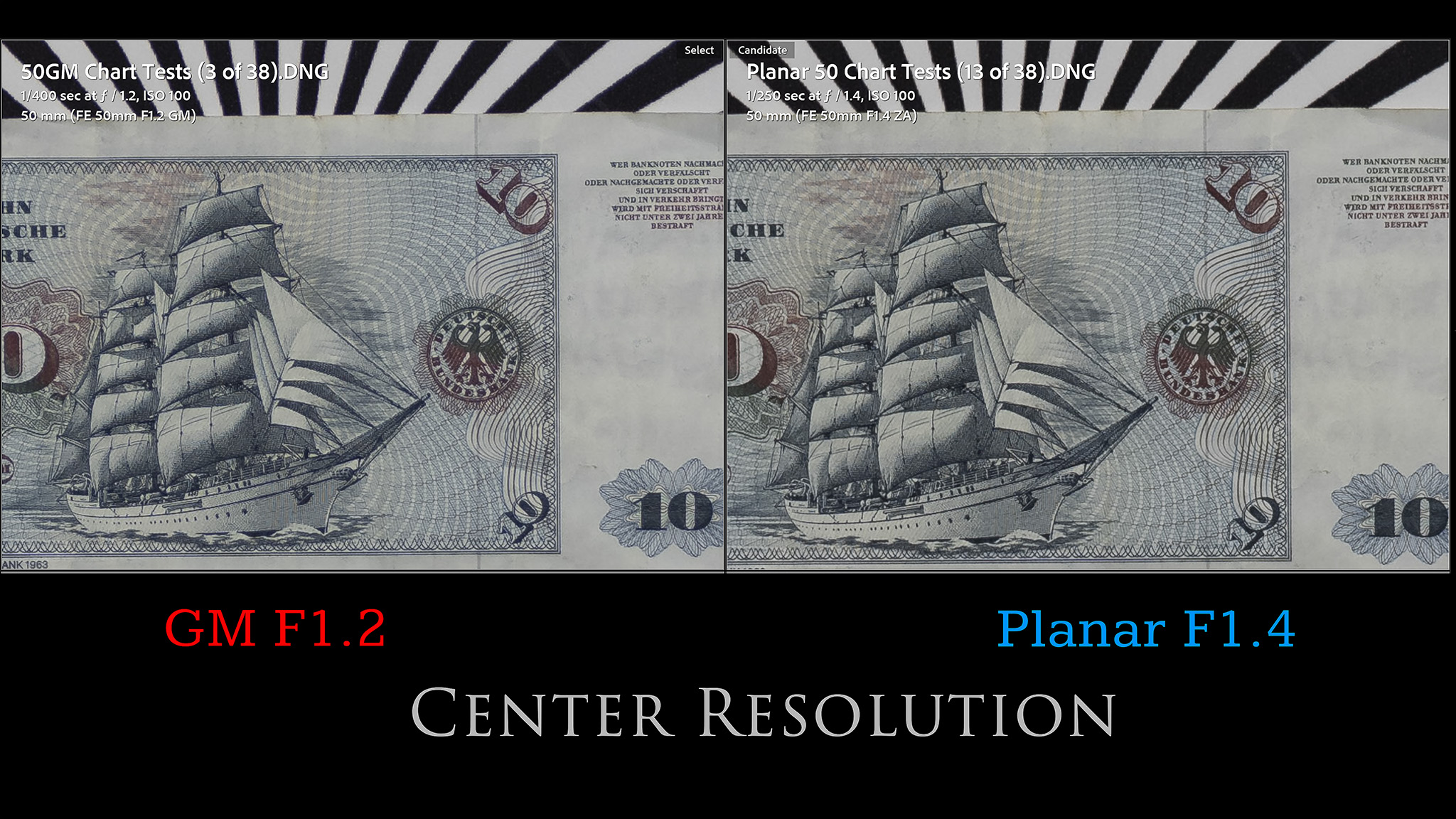

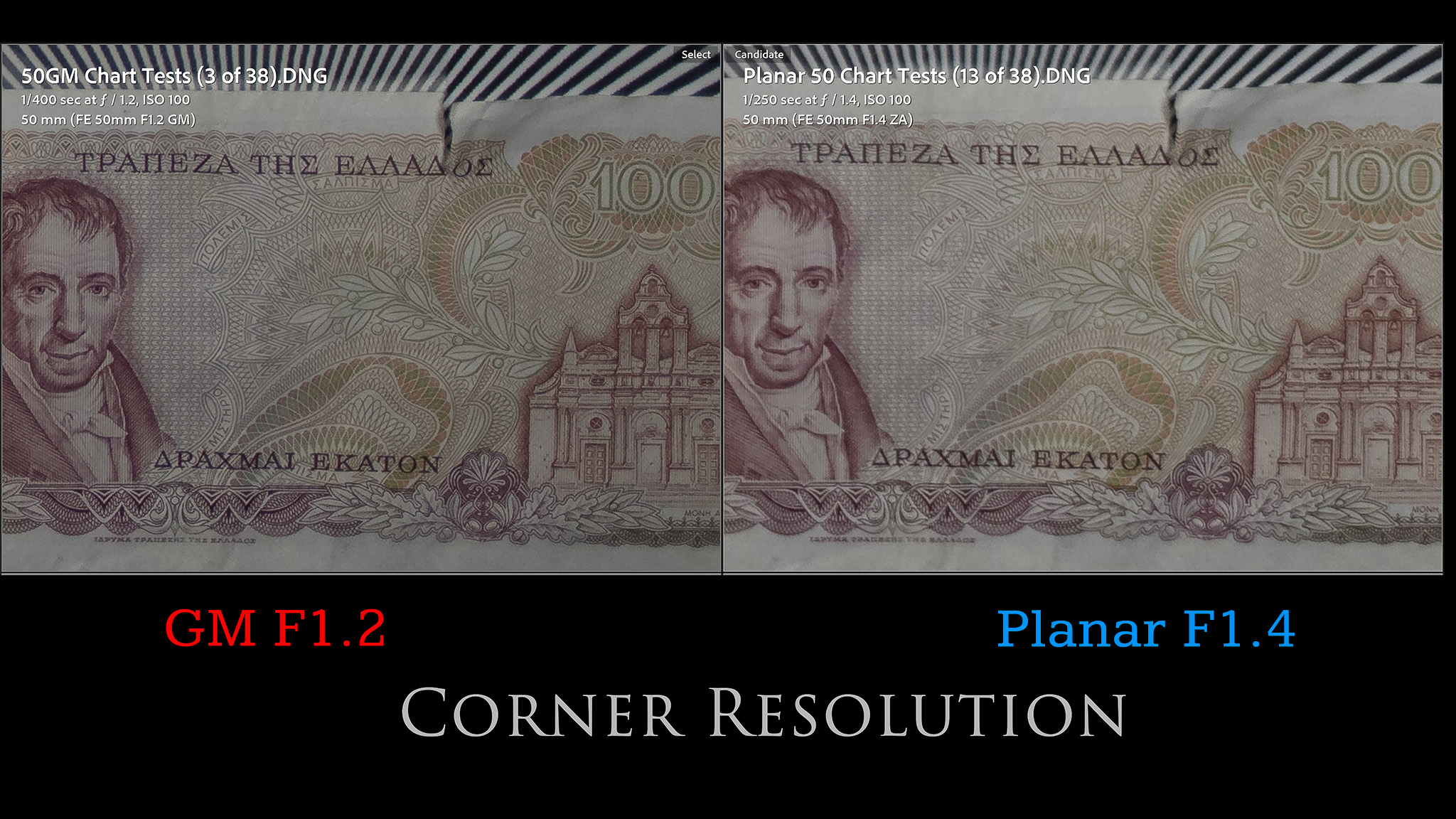
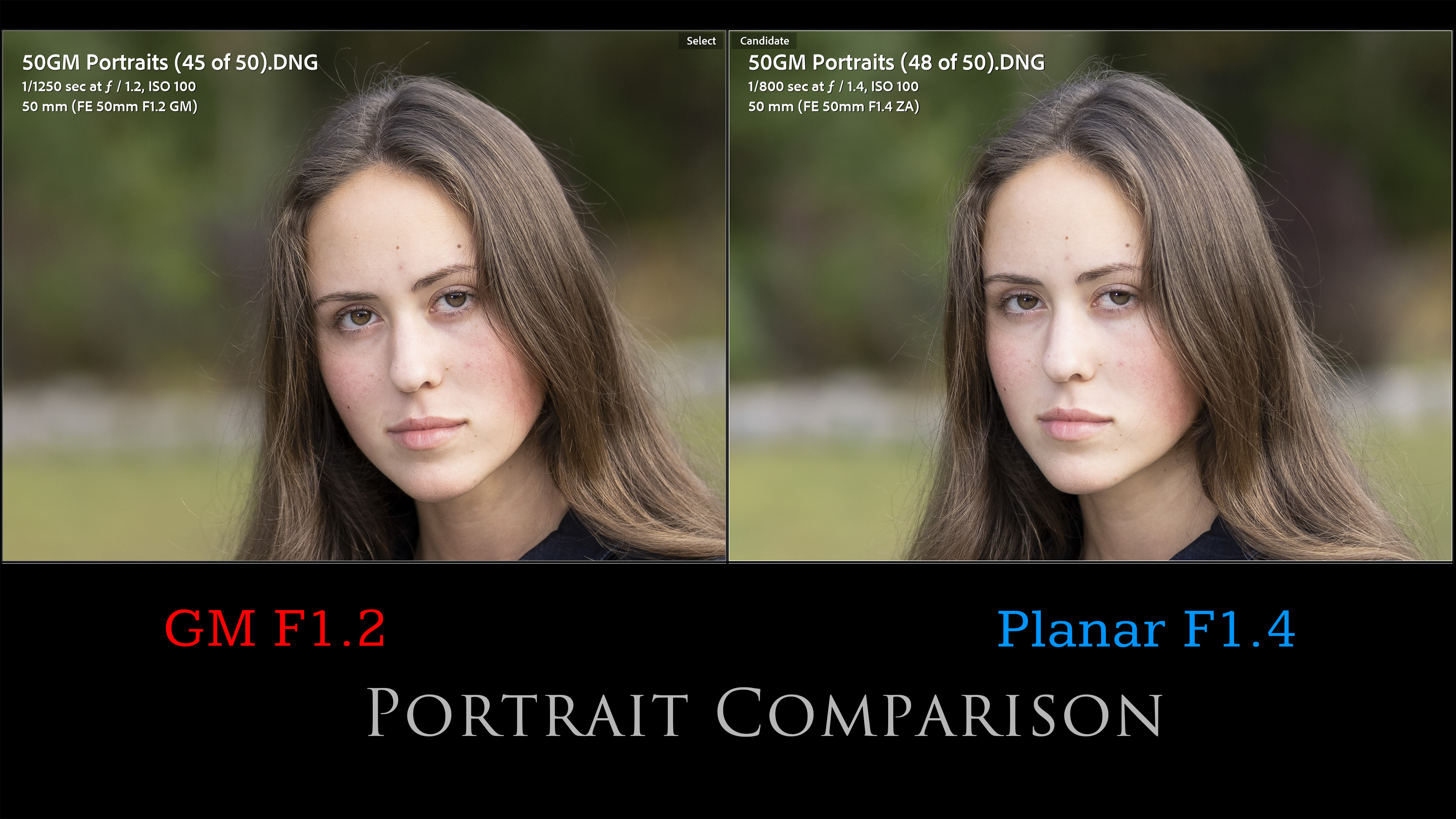
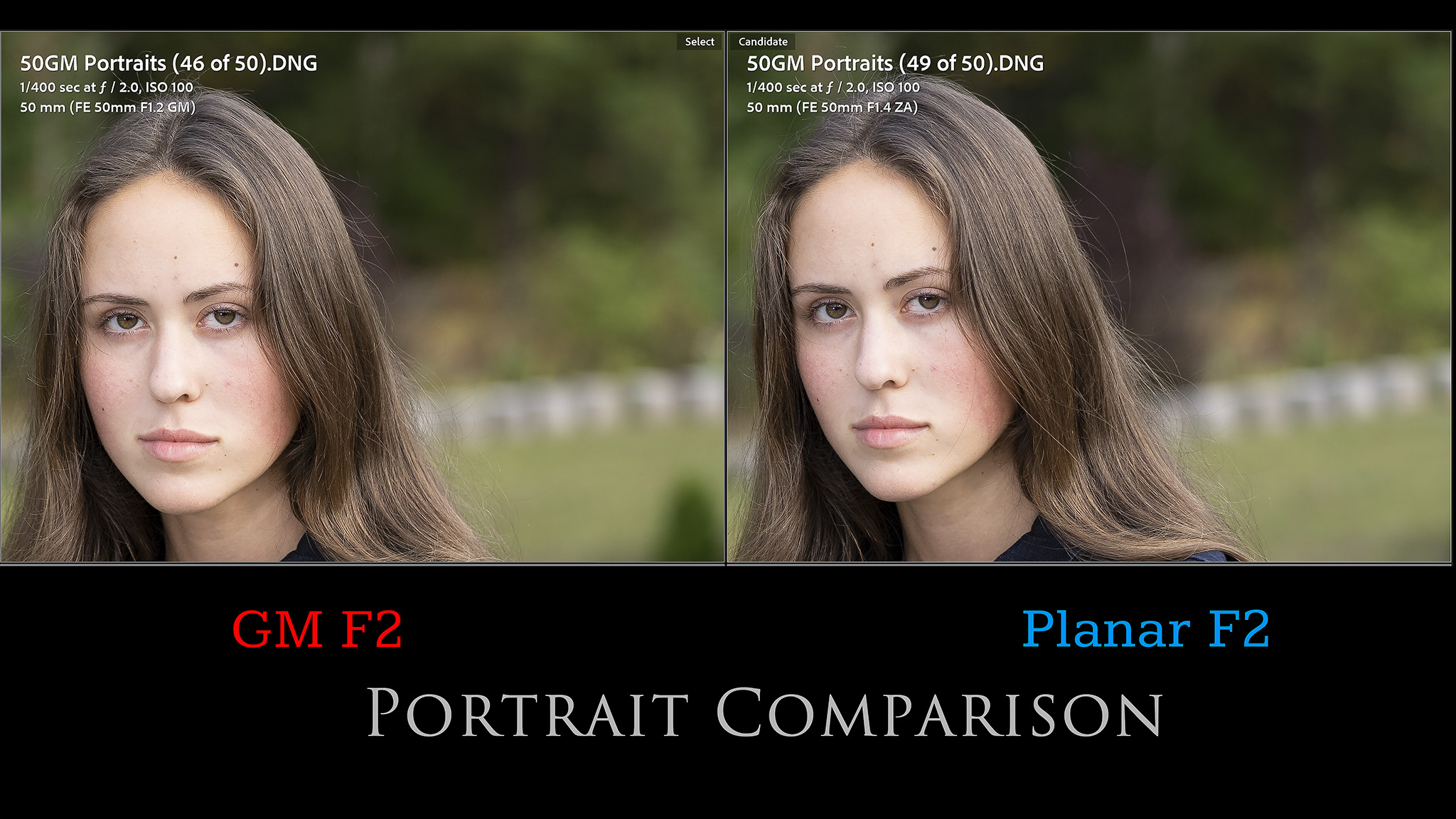
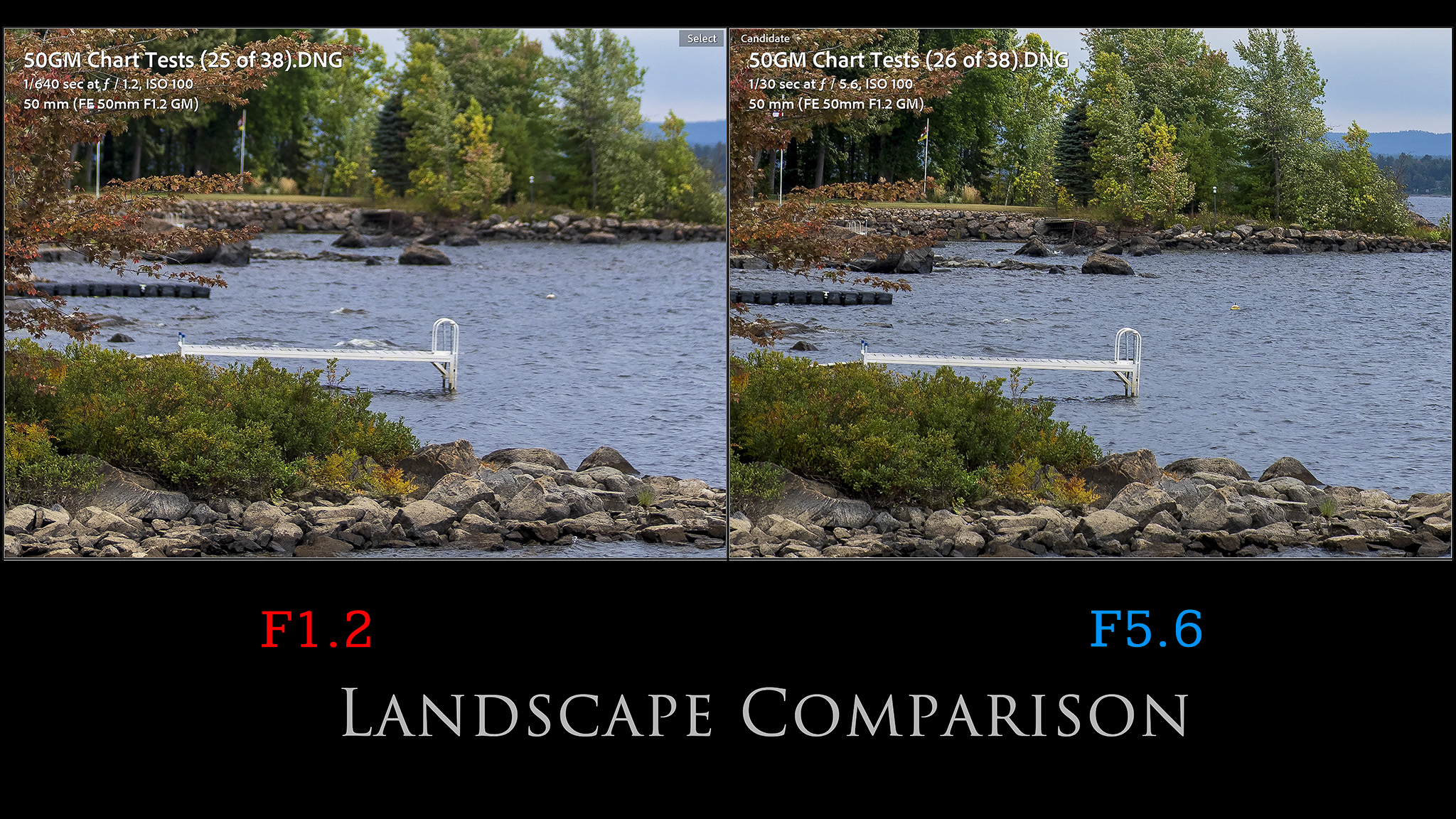



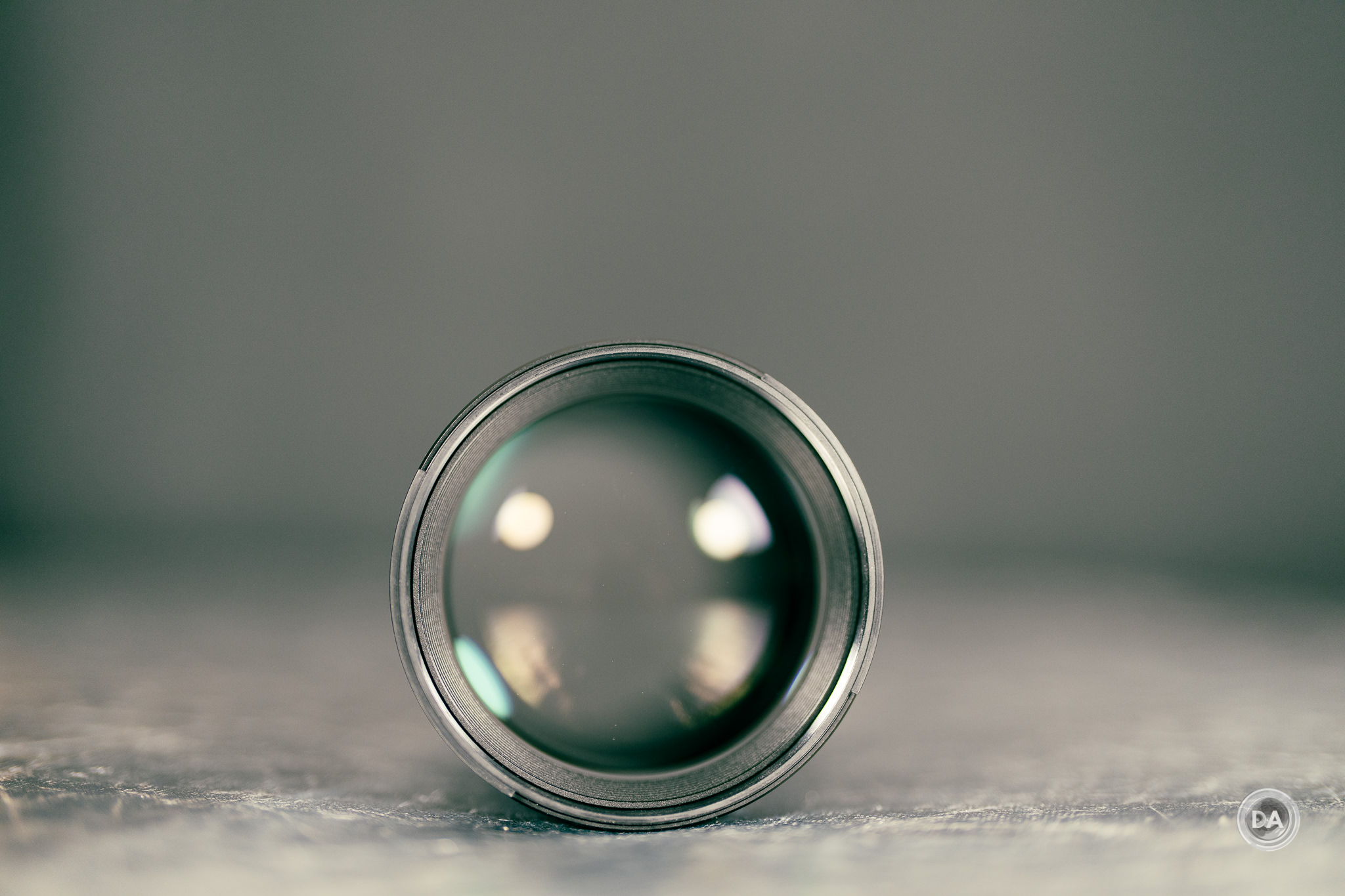


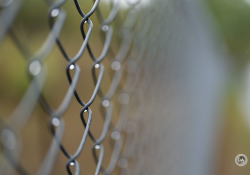


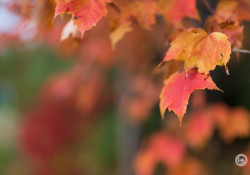
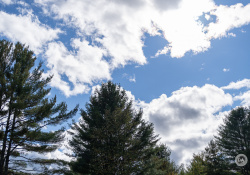
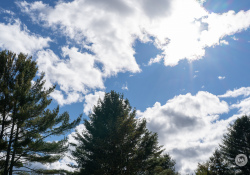



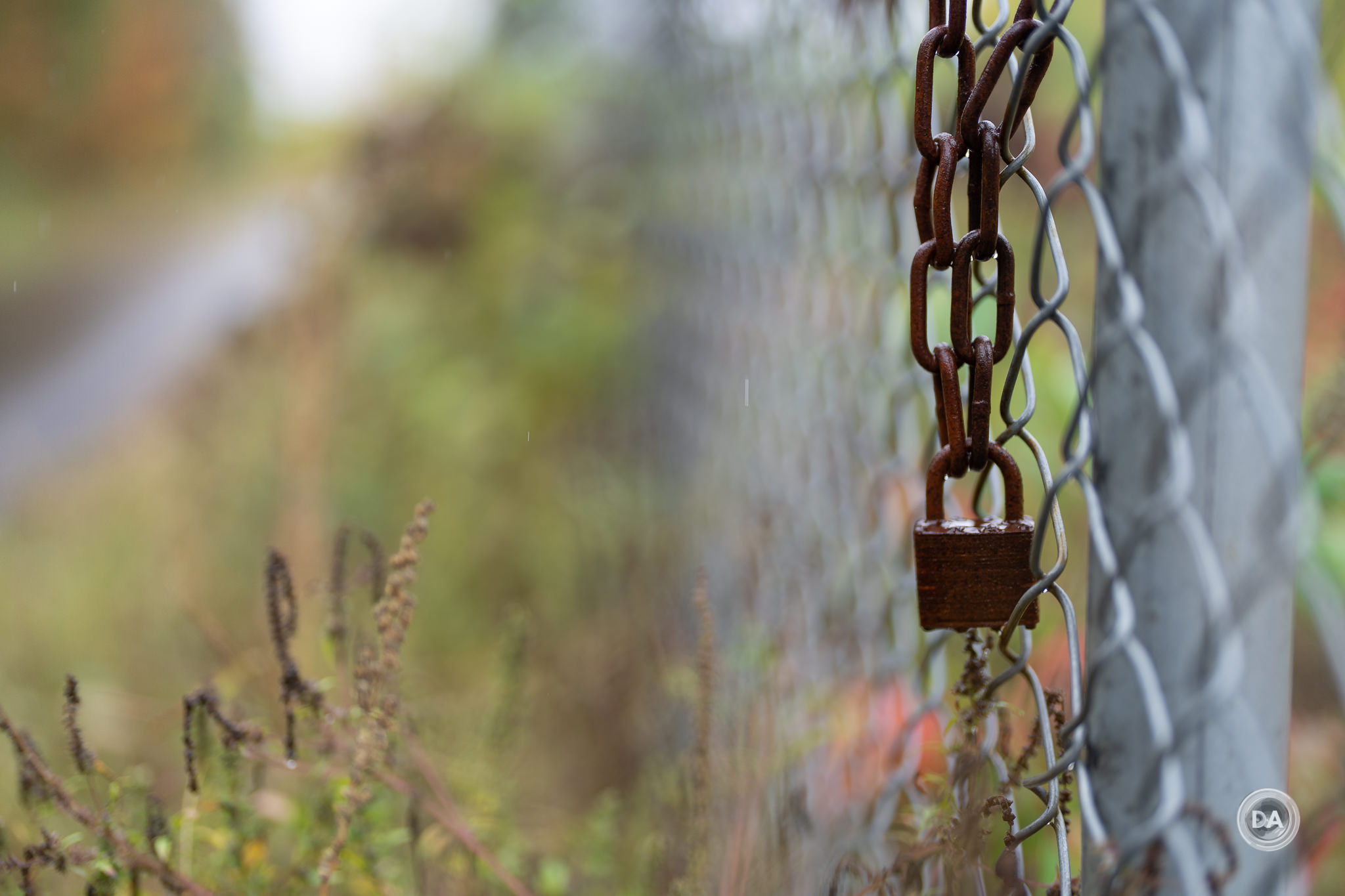



 Viltrox Pro AF 85mm F1.4 FE Gallery
Viltrox Pro AF 85mm F1.4 FE Gallery  Viltrox AF 85mm F1.4 PRO FE Review
Viltrox AF 85mm F1.4 PRO FE Review  Yongnuo YN 35mm F1.8 ART Gallery
Yongnuo YN 35mm F1.8 ART Gallery  Yongnuo YN 35mm F1.8 DA ART Review
Yongnuo YN 35mm F1.8 DA ART Review 


